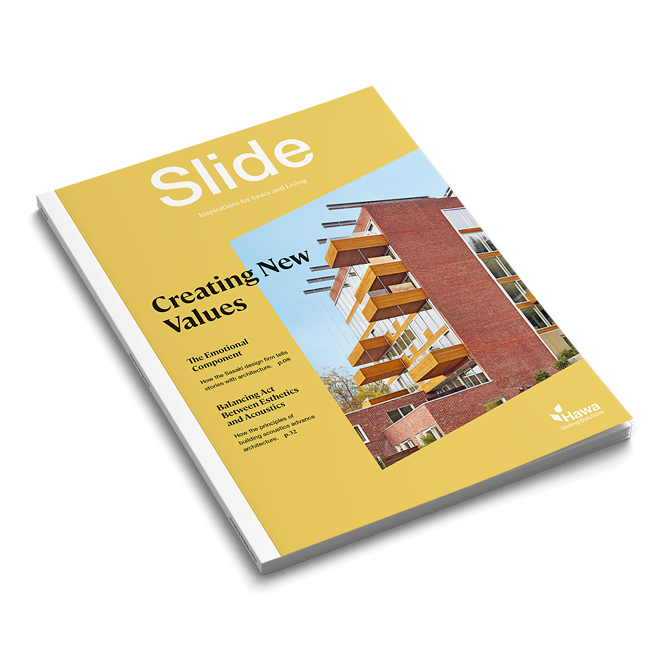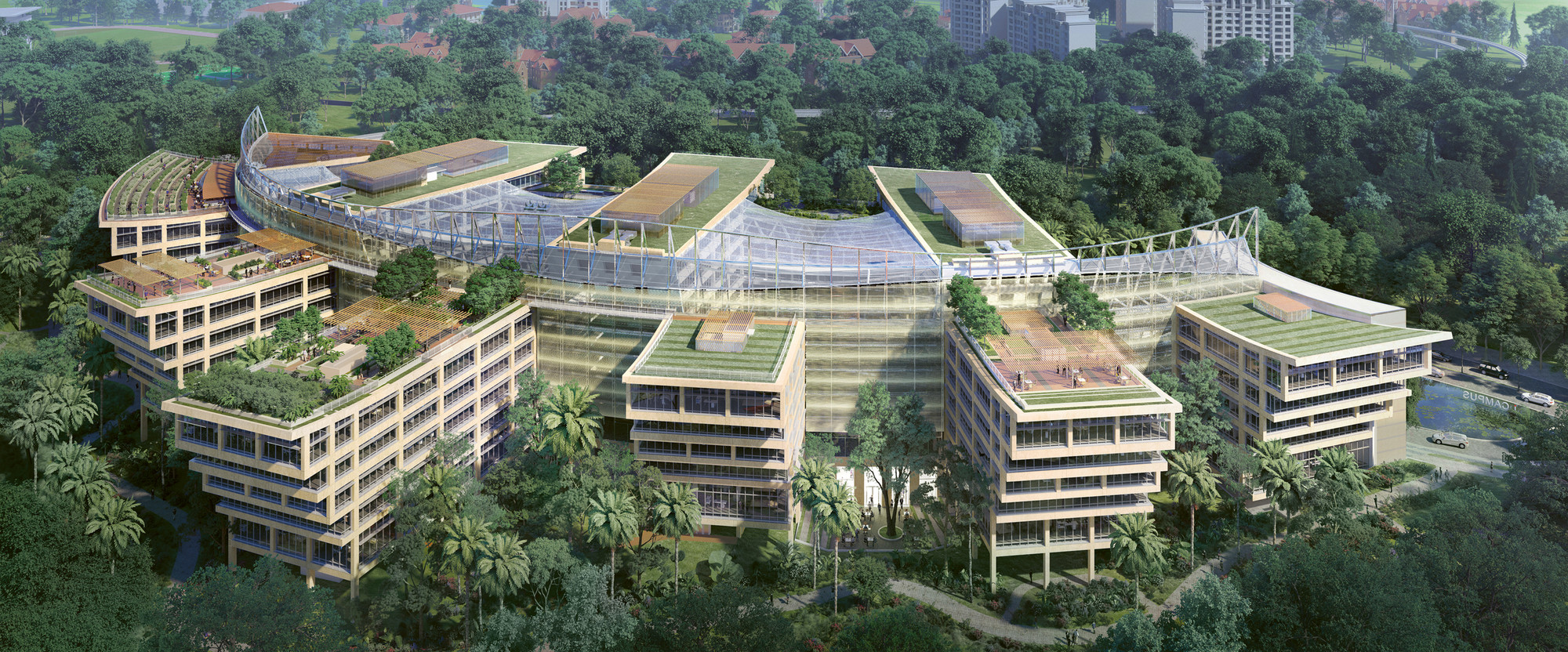
Spaces for everyone. Singapur sets a good example.
Author: Michelle Russi
Photography: Surbana Jurong Group
In just under 30 years, around 70 percent of the population will be living in urban centers. Urban developers and architects around the world are facing a challenge because, with the growth and changing age structure of our society, there are calls for new, inclusive forms of housing and living spaces. One city that sets a good example is Singapore. Let’s take a look at why that is.
“Futuristic. And with a greater focus on sustainability and ‘green’ architecture.” That’s Amit Pathak’s answer to the question of what cities will look like in 2050. Amit Pathak is a Senior Executive Architectural Associate with the renowned Singapore-based consulting firm Surbana Jurong Group. For him, the time for change in urban development is already here. “It’s already late,” he says emphatically.
“Futuristic. And with a greater focus on sustainability and ‘green’ architecture.”
A look at demographic trends shows that “green” architecture alone is not enough. Population growth and an aging society pose additional challenges for urban planning. According to UN forecasts, around 9.7 billion people will be living on earth in 2050, almost 70 percent of them in urban areas. And 16% of the world’s population will already be over 65 by that time. “For cities to accommodate these trends, they need to allow for a variety of different lifestyles without excluding anyone,” Amit Pathak emphasizes.
Inclusive, age-appropriate, regulated
Universal design and age-appropriate construction play a central role in solving this challenge. Singapore is one of the pioneers of urban development projects that accommo-date as many people with different needs as possible. In 2019, for example, Singapore’s first housing development for people with autism opened. The project, which incorporated the principles of inclusive design, was completed by the Surbana Jurong Group. St. Andrew’s Adult Home is specifically designed to meet the needs of its residents in terms of infrastructure, amenities, and design. Neutral tones and extra-laminated, sound-absorbing glass were used in the construction, and there are quiet rooms with padded walls to which residents can retreat.
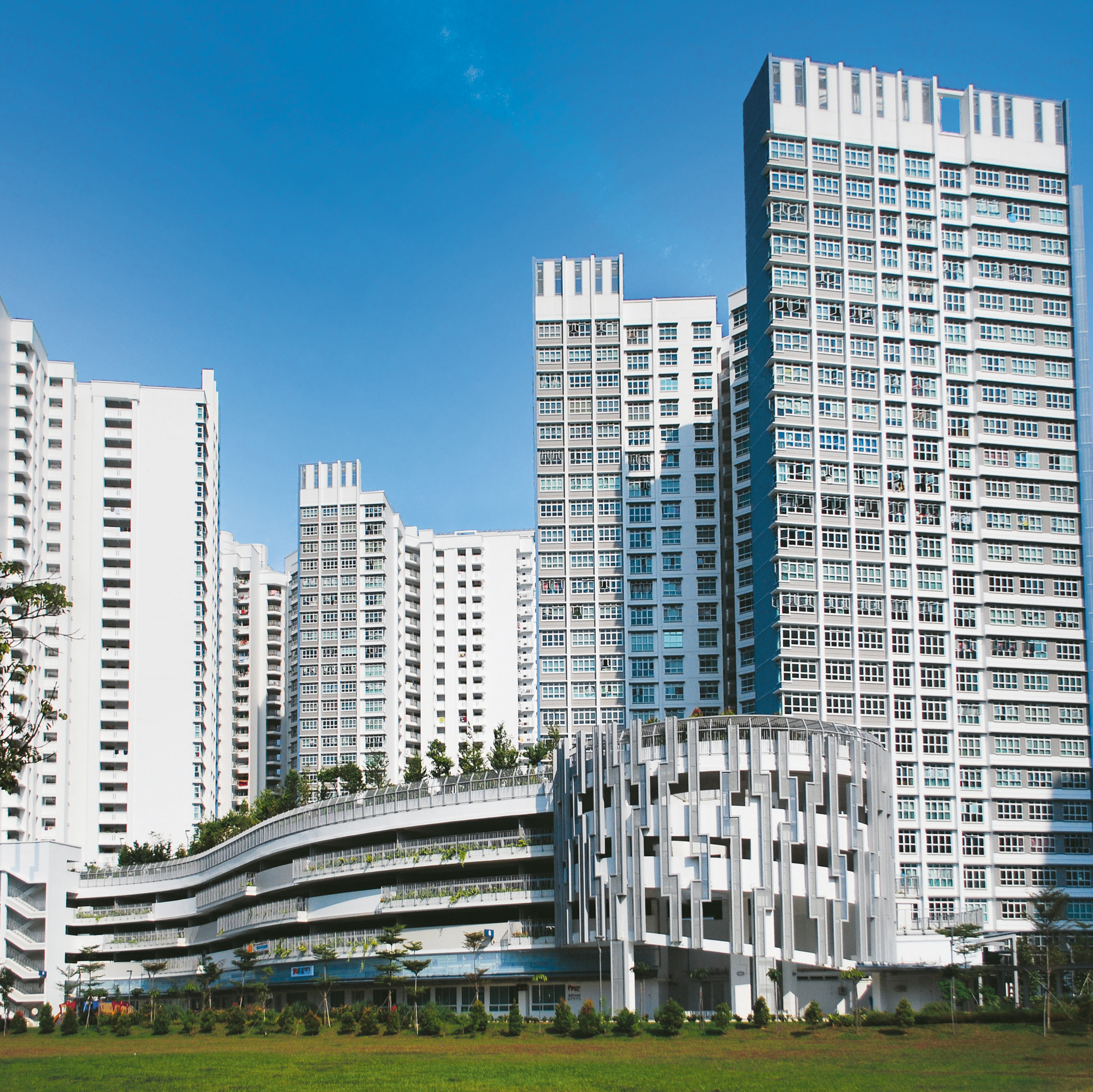
Award-winning development
The Kallang Trivista development by Surbana Jurong
was awarded the Universal Design (Gold Plus) Award 2017
by Singapore’s Building and Construction Authority (BCA).
Another example is the award-winning Kallang Trivista development in Singapore, also by Surbana Jurong. It consists of three residential buildings, a multi-level parking garage and park-like landscaping. The “Activity Hub” between the residential units is an obstacle-free meeting place and recreational space for all residents and visitors. The apartments are designed and equipped for the elderly.
How has the city managed to steer the development of its spaces in such a positive direction? Architect Amit Pathak explains that official guidelines and incentives from the government go a long way toward making Singapore sustainable and inclusive in the long term. This includes, for example, Green Mark scoring, which the government uses to evaluate all construction projects according to sustainability criteria. Amit Pathak is convinced that “it won’t work without such rules and requirements.” In addition, he says, each country and city needs to create awareness “among all stakeholders.”
About Surbana Jurong
Surbana Jurong Group is a global urban, infrastructure and managed services consulting firm, with a track record of over 70 years in successful project delivery. Headquartered in Singapore, the group has a global talent pool of over 16,000 across Surbana Jurong and our member companies AETOS, Atelier Ten, B+H, KTP, Prostruct, RBG, SAA, Sino-Sun and SMEC, based in more than 120 offices in over 40 countries. They include architects, designers, planners, engineers and other specialists driven by progressive thinking and creative ideas to help shape a better future.
You will also find the article on urban planning in Singapore in our Slide #4. In this issue of the magazine, you will learn more about the values currently motivating architecture and us. You will read about an architecture firm in the U.S. that puts listening first, and we will take you along for the planning process for a barrier-free apartment in Switzerland.
Order or download the magazine free of charge.
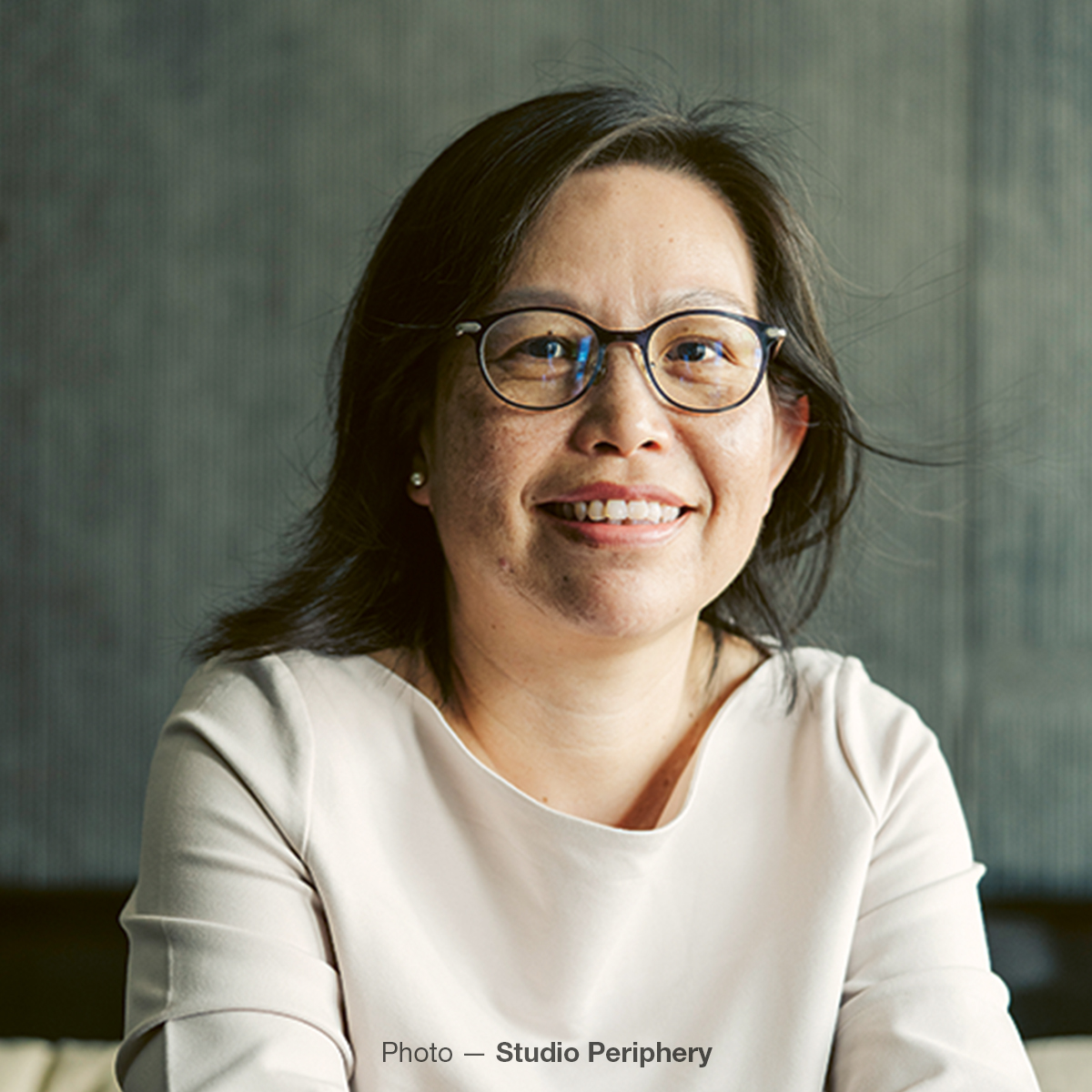
Senior housing can’t be exported 1: 1
An architect from Singapore and a Swiss gerontologist speak about aspects of senior living and the cultural differences that exist in that context.
Read the interview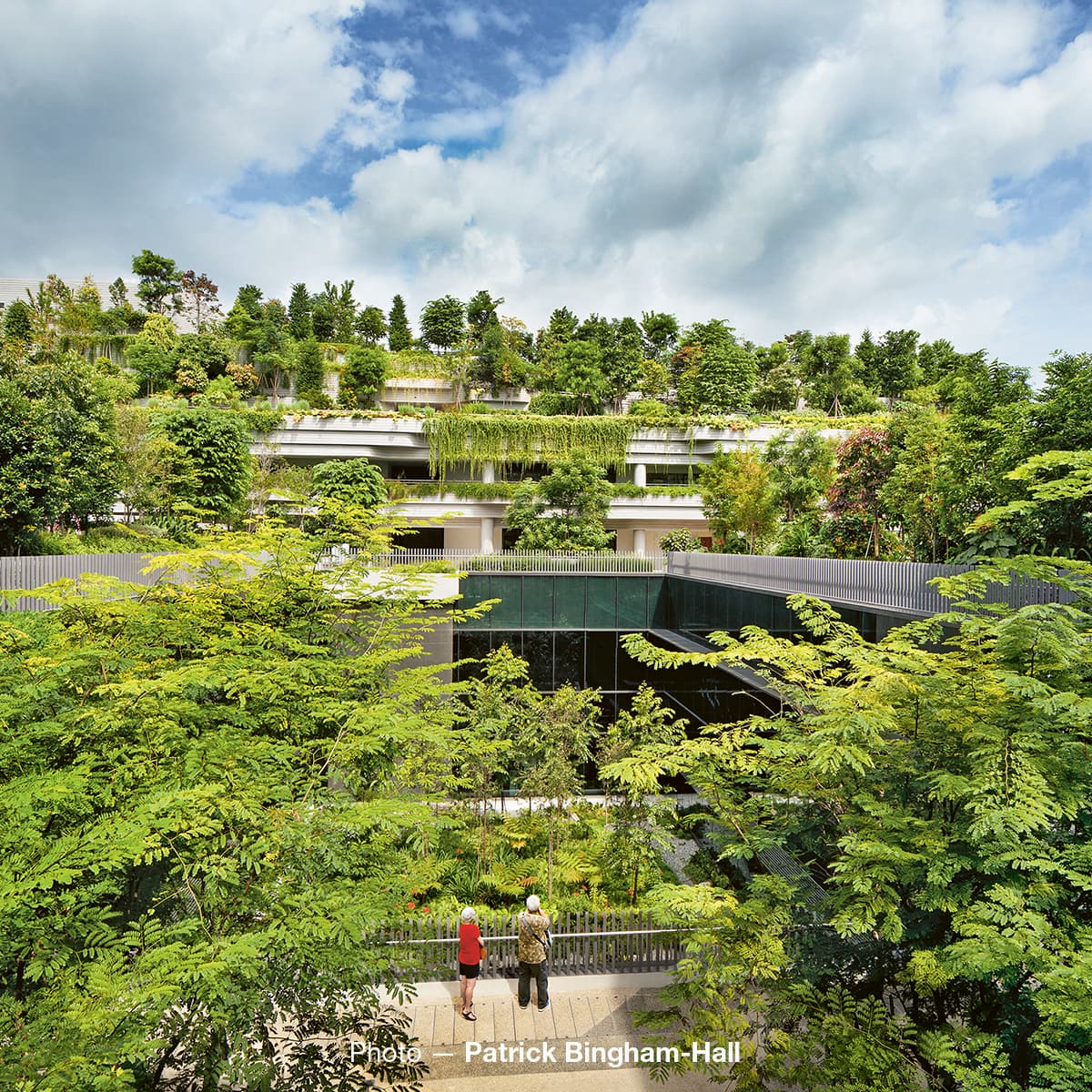
Senior Living
We are living longer and staying healthier too. That means that seniors can live independently into their old age—thus creating demand for new, age-appropriate housing worldwide. If we want to flexibly adapt living spaces to keep up with demographic developments, barrier-free buildings should be the rule.
Read article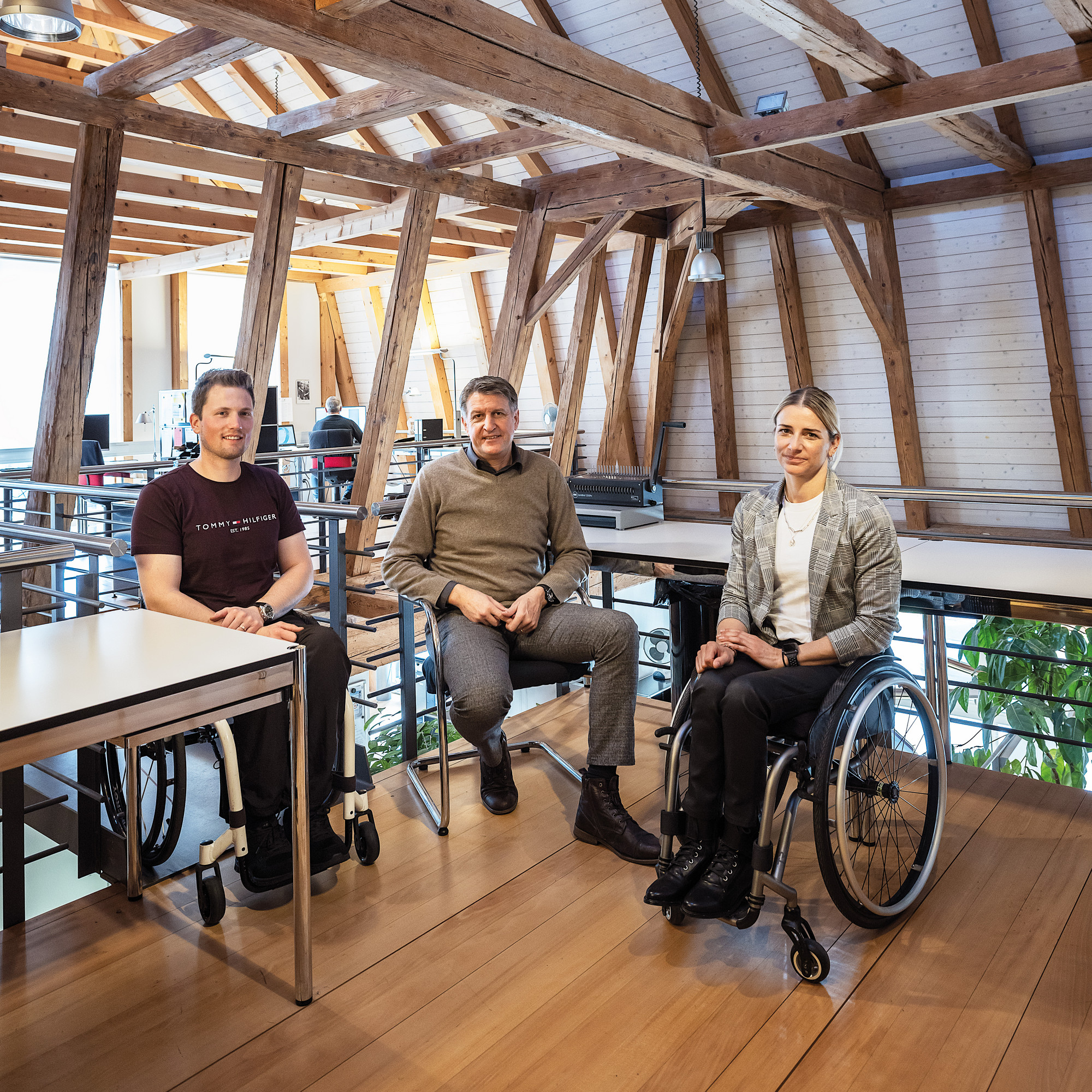
The Path to an accessible Home
A top athlete in a wheelchair and two architects show how critical room situations become obstacle-free.
Read article